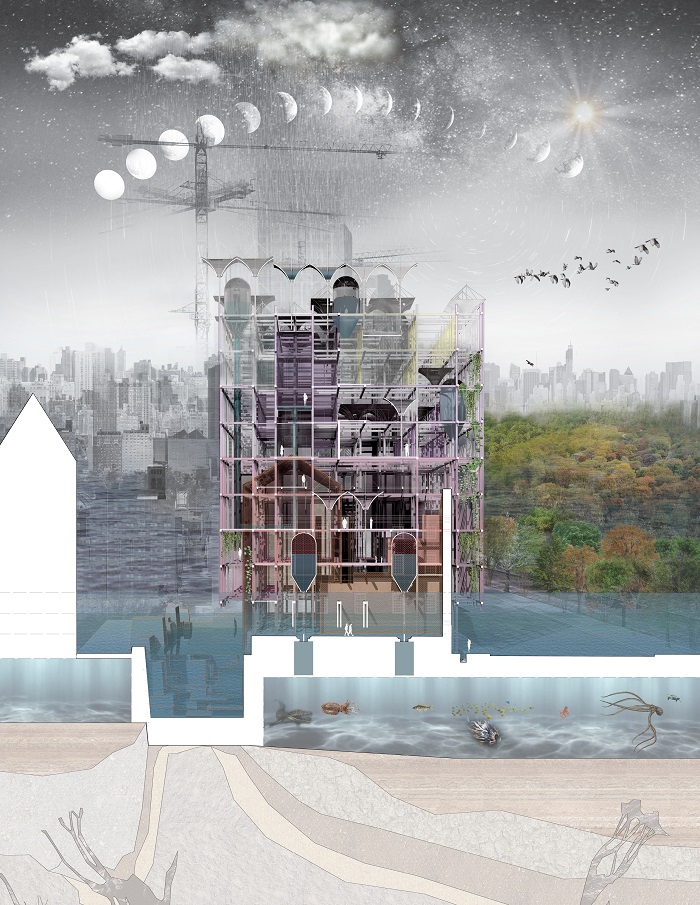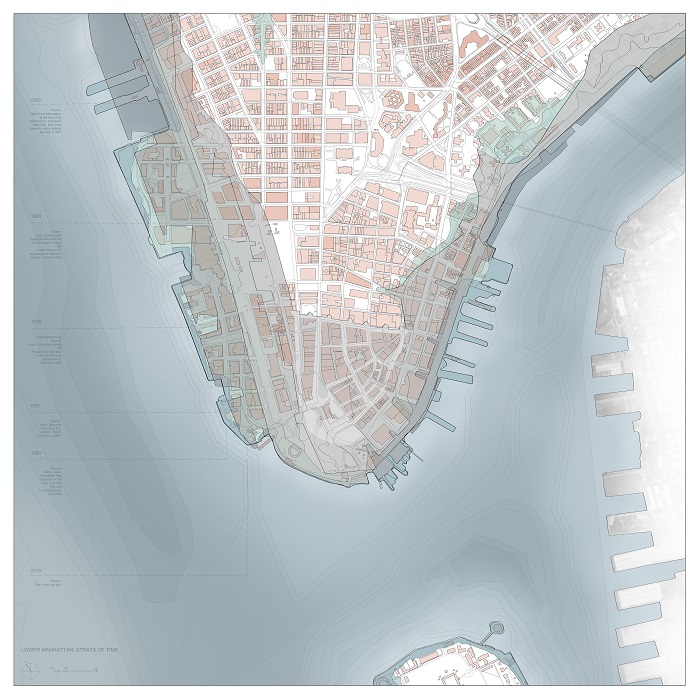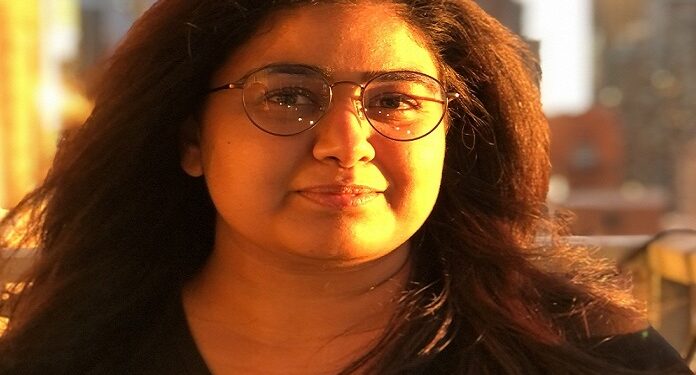The world of design and the arts in New York City is a fast-paced one. Incredible artists are adding to the visionary of the art scene in this city, and it remains to be one of the most inspiring places to be in the world. Within the drops of this artistic ocean, there are artists that need to be known for the way they handle their craft with such delicacy yet strong approach. New York Art Life has always been committed to bringing the stories of these artists closer to art enthusiast’s eyes. This time around, the story we are excited to share is Sneha Aiyer’s journey to becoming an artist and rising to great new levels in New York City.
Sneha Aiyer has been doing unparalleled work as an architect. She is currently the architectural designer at Marvel, New York. She is part of the design team, which is responsible for housing and theatre projects. Her work has always reflected her vision and point-of-view of the world, and how things can serve functional while being wildly unique. This has been her motto as she works in various capacities within the design team whether it is leading teams of interns and junior designers, construction administration or working with engineering consultants.

Sneha is truly passionate about architecture and has been for the longest time. Design and architecture have always inspired her, but she is also interested in working with unique designs that sometimes go against traditional structures. This is what led her to research her field even further. One of the ways a person dives further into their passion is to write about it and find the undiscovered and untraveled parts of that career. She has been a research assistant at Archicrafts where she worked on books on basic design education for architects and gender and urban planning.
Another one of Sneha’s accomplishments is her teaching experience, which shines light on her passion for design and architecture. She has been an assistant professor at Indus University in India. She has also lead building workshops for bamboo and rammed earth construction. This is a great new dimension of design which includes using traditional practices of design and architecture which have proven to be quite practical and successful in keeping design sustainable. Connecting this to her work in New York city, it can be seen that this city is also a place that is known for preserving traditional ways and methods that promote sustainability.
Sneha has also done immensely great work as an architectural designer working on her own personal projects that raise awareness on the environment and how our actions impact it. She has worked on a project while pursuing masters at Columbia University titled Understanding Strata of Time Through Land & Water Relationships, which essentially examines the way Manhattan is in danger of being flooded. This is the gist of the project, which is crucial, but there is so much more to understand and know and Sneha has used her incredible insight to give readers a thorough understanding. Most people have a dualistic understanding of land and water relationship, which proves to be wrong. In her project, Sneha has outlined how this relationship is more like a gradient and there are elements that come into play when inhabiting an island.

Sneha has asked her audience some very interesting questions that provoke action rather than thought. In her project, she asks “How do we design for time rather than space?” This question relates to the fact that environments change and land and water are intertwined with our human interventions. In her project, Sneha has provided interesting visuals that show the way land has changed, and in turn, so has water, due to industrialization. While it is not as easy to see this change all at once but as she puts together archival photographs and paintings in a chronological sequence with diagrams along the influences and its manifestations become immediately evident. There is geological evidence of this relationship in the past that predates to about 400-500 million years ago present in the natural topography of Central Park. Sneha proves how we are, in fact, interacting with water and co-existing more than we think.
She has looked at the Museum of the city of New York as an example to contemplate on its future design over time. The manifestations of socio-political and environmental influences over time are clearly seen in the land water relationships and they will continue to shape the ever-changing territory that it shares. The project is a speculation over time and looks for an ephemeral and temporal architecture that can assimilate and evolve rather than resist.
To illustrate this project is a window into the future she has created a visual inspired from time lapse photographs that show moments in time overlaid and juxtaposed in a way that we see the entire event of sea level rise over the next 100 years. The beautiful visual imagery shows ways of collecting and storing the water within the building. The building is also an object that creates awareness. Sneha has conceptualized systems that absorb more and more water from surroundings as the sea level rises and this will be exhibited in the many water tanks within the building framework.
Her project also shows evidence on how our actions are influencing this relationship as well. For instance, industrialization was one of the most dramatic changes that took the water and land relationship to a new direction. Since then, politics and economy have induced decisions that drastically affect the environment as well. These changes become more and more drastic through the years. This is present in Sneha’s visuals within her project. There are conclusions within different years, such as the year 2050 where people will be urged to take action to preserve resources and natural environment. This is due to the fact that our proximity to water will increase. Also, a closer relationship is established between land and water. Another interesting data prediction is that as people move closer to the year 2100, the degree of wetness within land and built form will grow. These are all keythoughts in Sneha’s project that are meant to raise awareness on such an important issue.
Sneha has been personally mentioned in an article in Ahmedabad Mirror, an award-winning city newspaper that covers news, views, sports, entertainment, and features. The article is about “How Bhuj Transformed After Quake.” In this article, her work is explored, how she studied the city of Bhuj and the way it had changed after a deadly earthquake killed over 20,000 people. She herself had experienced that disaster and recalls how difficult it was to get passed it, yet important to think about the transformation of the city. She also speaks about the way cultural behaviors influence the way cities are designed and how that may impact the sustainability of design in harsh situations such as the earthquake. Sneha is always passionate about topics such as this as she can dive deep into the way behaviors and habits really do influence our daily life and the way we design our infrastructure. Sneha is currently furthering her observations and ideas on how to sustainably design a better future and doing great inspiring things in New York City.


